It's sold 70 million copies worldwide, dominated the New York Times bestseller list for over 50 weeks, and caused an 80 percent increase in sales for blindfolds. It's E.L. James' Fifty Shades trilogy, an erotic romance that traces the intense relationship between a college graduate, Anastasia Steele, and a young entrepreneur, Christian Grey. The trilogy has become notorious for its sexually explicit plot, which explores the darker side of romance through bondage, masochism, and submission.
The trilogy, originally titled Master of the Universe, was first posted online in 2009 as Twilight fan fiction. Finding the 37,000 reader reviews and comments encouraging, James brought her work to a publisher. The first book, titled Fifty Shades of Grey, was released as an ebook and a print on demand paperback in May 2011 by The Writers' Coffee Shop, a virtual publisher based in Australia. The second volume, Fifty Shades Darker, was released in September 2011, and the third, Fifty Shades Freed, followed in January 2012.
The Writers' Coffee Shop had a limited marketing budget and relied on book blogs and Goodreads reviews for early publicity. These online reviews inspired the word-of-mouth recommendations that would later drive James all the way to a seven-figure book deal. Though Writer's Coffee Shop couldn't handle the distribution for significant print orders, the trilogy still sold a combined 250,000 copies in ebook and POD paperback editions.
In December 2011, James started receiving calls from Hollywood studios. She turned to Valerie Hoskins, a reputable literary agency in the UK, who contracted her as a client. With Hoskins' help, James signed a seven-figure deal with Random House's Vintage Books imprint. By the time the trilogy came to Vintage, a traditional publishing house, James had already amassed a readership through untraditional channels. To capture even more of an audience, she needed Vintage to distribute her book through traditional channels and assign a powerhouse marketing and publicity team to her cause. Vintage released the trilogy in trade paperback in April 2012 and followed with a Spanish translation in June 2012. Since then, the series has sold 35 million copies in the U.S. alone. Riding the Fifty Shades wave, Vintage announced it would publish a hardcover edition for January 2013 and a Fifty Shades of Grey: Inner Goddess leather journal in April 2013. Rights to the book have been sold in 37 countries, and, in March 2012, film rights were sold to Universal Pictures.
In November 2012, Publishers Weekly named E.L. James their "Publishing Person of the Year" for reviving erotic fiction and boosting print sales in bookstores worldwide. Though criticized for its sub-par literary quality and hailed far and wide as "mommy porn," the Fifty Shades record speaks for itself. The trilogy sold 70 million copies worldwide and earned Random House $200 million in new revenue, which some claim facilitated the Penguin-Random merger.
Since the success of the Fifty Shades trilogy, the consensus among publishers seems to be that a self-published book gone viral will translate into a bestselling print book. The consensus among self-published authors is that traditional publishers can accomplish what they can't, including distribution, marketing, and selling foreign translation rights. One must consider Hugh Howey's Wool (2012), which sold over half a million copies through Kindle Direct Publishing. Howey turned down multiple seven-figure print and digital book deals to sign with Simon & Schuster for a six-figure print-only deal. He was already earning $120,000 a month in Amazon ebook royalties. Howey didn't need an ebook distributer; he wanted a print distributer and translation rights revenue. The industry's most recent example is Beth Reekles, the 17-year-old self-published high school student who signed a million-dollar three-book deal with Random House's Delacorte imprint after her YA novel, The Kissing Booth (2012), racked up 19 million views.
As PW so eloquently wrote, "discoverability is a bitch." Writing is work, and self-publishing is even more work. Many successful self-published authors eventually sign with a traditional house because it frees them to do what they like best -- write. E.L. James has said she intends to stick with traditional publishing, and Random House, reveling in a 75 percent jump in operating profits, is more than happy to oblige. Post-Fifty Shades, the new publishing paradigm is clear: do it well yourself, and then have a traditional publisher do it better.
